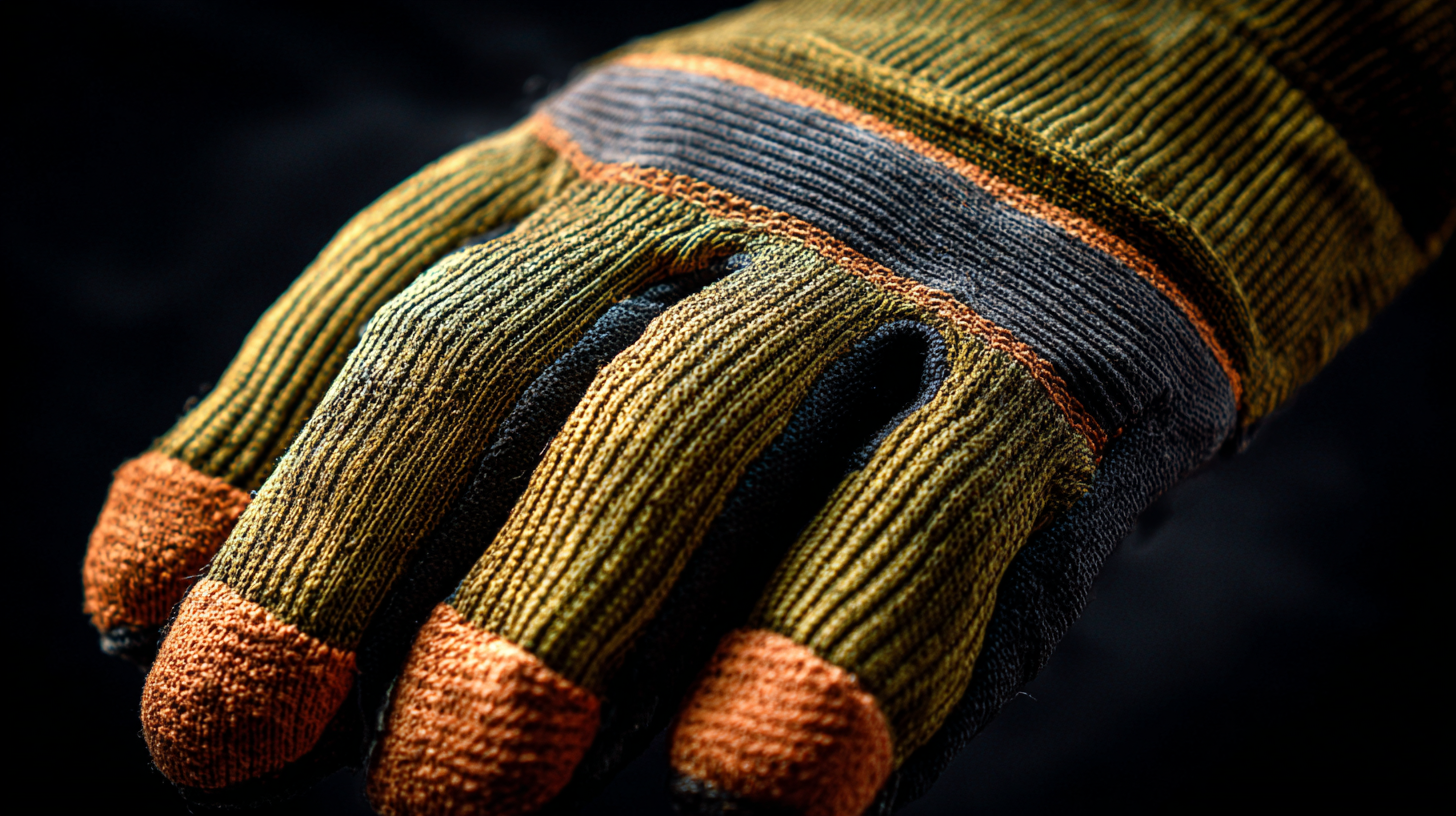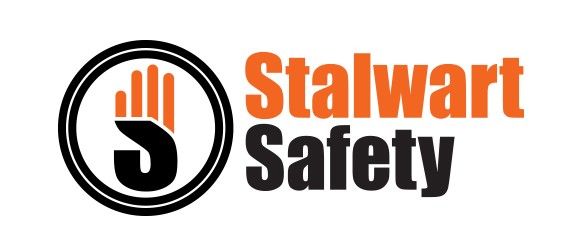ANSI/ISEA 105:2024 – They Finally Tuned the Cut Scale (Again)
It’s been nearly a decade since the ANSI/ISEA 105 standard got its much-needed overhaul in 2016. Back then, the big story was the move to a single test method and the introduction of the A1–A9 scale that actually made sense. Now, the 2024 update refines that system even further, tightening up definitions, improving consistency between labs, and addressing some nagging ambiguities around abrasion, puncture, and needle resistance.
In short: it’s evolution, not revolution—but important evolution.

From F2992 to the Future: The Test Method Still Reigns
The 2024 version keeps ASTM F2992 and the TDM-100 apparatus as the gold standard for cut resistance testing. That’s the same machine that replaced the old CPPT and its cousin from the 2005 era. If you remember the two-test-method chaos from before 2016, you’ll appreciate that this part hasn’t changed. One test method, one apparatus, consistent results.
Where the 2024 update improves things is in testing precision and repeatability. The new guidance clarifies blade calibration, sample preparation, and how to handle high-cut materials that can dull blades quickly—an issue that’s become more common with next-gen HPPE-steel and aramid composites. The point? More consistent test results between labs, fewer inflated numbers, and better real-world predictability.
The Cut Level Scale: Still A1–A9, But Cleaner Definitions
The A1–A9 levels remain, but 2024 tightens how they’re applied. The weight-to-cut-through thresholds haven’t changed dramatically, but the documentation around rounding, reporting, and labeling has. The goal is to reduce creative marketing interpretations—because “borderline A4” doesn’t belong on a spec sheet.
Performance Level : Weight (g), 20 mm Length
- A1 ≥ 200
- A2 ≥ 500
- A3 ≥ 1000
- A4 ≥ 1500
- A5 ≥ 2200
- A6 ≥ 3000
- A7 ≥ 4000
- A8 ≥ 5000
- A9 ≥ 6000
The 2024 update also reinforces labeling rules, making sure manufacturers clearly identify which version of the standard their data comes from. If you see a cut level without “ANSI/ISEA 105:2024” beside it, question it. A Cut Level A5 from 2016 and one from 2024 are comparable, but the 2024 data should give you more confidence that it was tested under consistent and current conditions.
Beyond Cut: Expanded Clarity in Other Hazards
One of the stronger moves in the 2024 edition is how it integrates abrasion, puncture, and hypodermic needle resistance. In 2016, these were somewhat disjointed; now, the methods align more closely with international standards (like EN388), improving cross-market comparability.
- Puncture testing now differentiates more clearly between standard puncture and needle-stick resistance, acknowledging that they are not interchangeable tests.
- Abrasion resistance has been updated to reference the latest version of ASTM D3884, reducing confusion about the number of cycles.
- Vibration reduction and dexterity retain their 2016 criteria but now include additional explanatory notes to improve user understanding.
While there’s still no global harmonization between ANSI and EN388, the 2024 revision narrows the gap in practice.
Practical Takeaways for Safety Managers
- Use the full designation. Always specify “ANSI/ISEA 105:2024” when referencing cut levels.
- Audit your glove data. If a manufacturer is still quoting 2016 results, that data may no longer align with the latest calibration and test guidance.
- Avoid cross-standard confusion. EN388 and ANSI/ISEA 105 are not interchangeable. If you’re in the U.S. or Canada, ANSI is your baseline.
- High-cut materials behave differently. The 2024 guidance better accounts for fiber and coating evolution—so retesting older gloves with new materials may yield new results.
Why It Matters
The reason standards evolve isn’t bureaucracy—it’s biology and engineering. Hands are still made of skin, but glove materials keep advancing. As cut-resistant fibers get tougher and coatings become more complex, the testing systems must keep up. The 2024 update doesn’t rewrite the book—it just sharpens the text so that results reflect real-world protection.
In other words: the scale didn’t change, but the lens got clearer.
Final Thoughts
Back in 2016, we said ANSI finally “fixed” the cut scale. In 2024, they’ve refined it. The addition of clearer test criteria, labeling requirements, and alignment with new material science keeps this standard relevant and trustworthy. For manufacturers, it’s a compliance checkpoint. For end users, it’s peace of mind that the glove on their hand actually matches the number on the label.
And yes—still no Level 11. Which means we can still make those Spinal Tap jokes.

